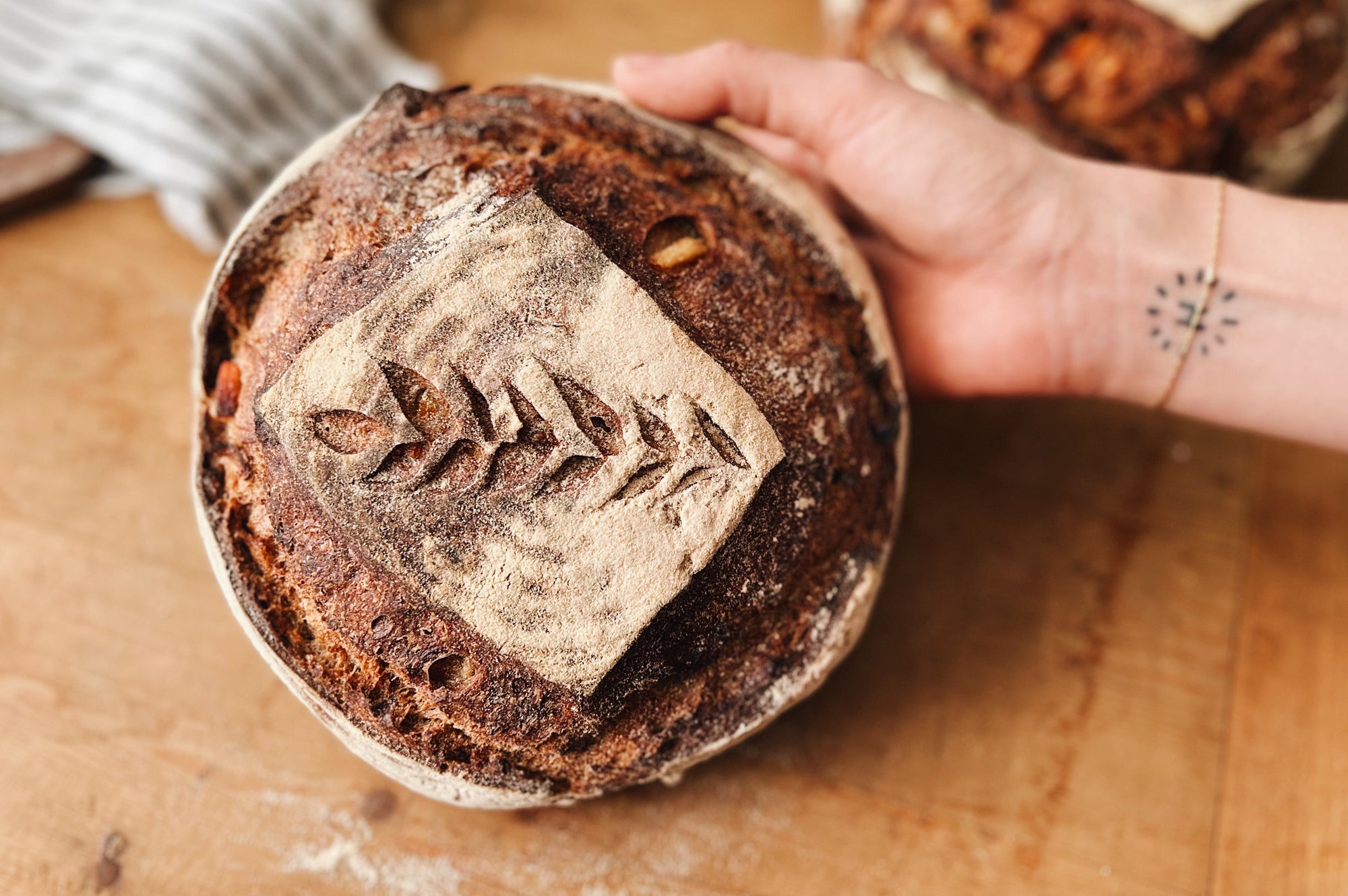Candied Peel
2 large oranges
2 lemons
2 cups sugar
1 cup water
Additional sugar for tossing the peel in afterwards
*Make candied peel the day before. Slice off the tops and bottoms of the citrus fruit so they sit nicely on your cutting board. Slice 4 - 5 (depending on the size of the citrus) long slits into the skin of the orange. Peel each segment off and remove any large pieces of white pith. Cut into thin strips, about ¼” thick.
Set aside the peeled citrus – you won’t need it for this recipe! Add the citrus peels into a pot with water and bring to a boil. Boil for 15 minutes. Strain the citrus peels and rinse them well. Repeat twice more, adding to the pot with fresh water each time and boiling for 15 minutes. This will remove any bitterness from the peel.
Strain a final time and rinse, then add to a pot with water and sugar. Again, bring to a boil before reducing to a simmer. Simmer for one hour. Using a fork or slotted spoon, remove from the syrup. (Keep this syrup for cocktails and mocktails!) Once no longer dripping, toss in sugar to coat. Transfer to a cooling rack and let sit overnight.
Sourdough Boule - yield 2 loaves
700g Sifted Red Spring
300g Whole Grain Red Fife
800g Water
200g starter
20g salt
2 Tbsp cinnamon
250g candied peel (finely chopped)
Autolyse
Add the water and starter, followed by the flour to a large mixing bowl (using the tare function on your scale as you go). Mix by hand until there are no dry spots and a shaggy dough is formed. Let the dough rest in a warm place for 30 minutes covered with a tea towel. This stage is called the autolyse.
Add Salt
Next, add the salt to your dough. Wet your hands and squeeze the dough to incorporate it into your dough.
First Fold
Once combined, transfer the dough to a new bowl that is lightly oiled and perform your first fold by grasping the top of the dough, stretching it until there is resistance, and folding it onto itself towards the bottom. Do the same from bottom to top, and side to side. You want to fold until you feel resistance from the dough and it feels nice and tight. Flip the dough over and let sit again, covered with a tea towel, for 30 minutes.
Bulk Fermentation
Repeat this folding process 5 more times for a total of 5 folds with 30 minutes of rest time between each fold. This is called the bulk fermentation stage and is 2.5 hours total for the bulk fermentation.
Add the Peel + Cinnamon - (third fold)
Before you perform the third fold add the cinnamon and chopped candied peel and squeeze into the dough the same way you added the salt. Do not worry if they are not very evenly distributed as the next folds will mix them in even further.
Pre-shape & Bench Rest
After the last fold and final 30 minute rest, invert the dough onto the counter. Divide into two equal portions.
To pre-shape, round the dough in on itself by rotating the portioned dough with a bench scraper and your hand. The loaf should feel taut on the surface but not tear. If you see any tearing of the loaf immediately stop shaping. Lightly dust the top with flour and let sit, uncovered, for another 20-30 minutes. This is called the bench rest.
Final Shape
Perform the final shape and invert into the basket, seam side up. Place in the fridge overnight before baking.
Baking
Preheat your oven to 450°F. Place a dutch oven with a lid inside the oven while it is preheating. Remove one of the loaves from the fridge and let rest at room temperature in the basket for 20 minutes while your oven is preheating. Carefully remove the dutch oven from the oven and invert your loaf into it. Score as desired, using a sharp razor blade or sharp paring knife. Replace the lid and return the dutch oven to the hot oven.
Immediately lower the heat to 425°F. Bake for 30 minutes then remove the lid, being careful as steam will release. Bake for an additional 10-15 minutes, until the colour is nice and dark and the bottom sounds hollow when you knock on it. Alternatively, you can check the internal temperature which should be between 190°F and 200°F. Let cool on a wire rack before slicing. Enjoy!



Comment
Can you substitute the flour ? Also you you fully drain the water from the pot or keep and add more with each boil?